The open road beckoned like nothing else in the 1980s, that magical decade of big hair, bigger dreams, and the constant hum of possibility. Learning to drive wasn’t just about mastering a vehicle—it was a rite of passage that shaped us in ways we’re still discovering decades later. As we fumbled with manual transmissions and struggled to parallel park without power steering, we were unknowingly collecting life lessons that would serve us well beyond the driver’s seat.
1. The Gas Station Car Wash Ritual

Weekly car washing became an almost religious experience for many new drivers in the 1980s, with gas station car washes offering an affordable way to maintain our prized possessions. The mesmerizing progression through soap, rinse, and wax—accompanied by the rhythmic thump of rotating brushes—provided a meditative moment in otherwise chaotic teenage lives. These simple maintenance routines taught responsibility and the satisfaction that comes from caring for something valuable. Rocket Car Wash offers an comprehensive history of this service that puts into perspective just how vast and extensive this industry is.
The pre-wash preparations—removing floor mats, gathering loose change from cup holders, checking under seats for forgotten treasures—created a regular opportunity to reset and organize. Many deep conversations with friends happened while vacuum cleaners roared at self-service stations, the background noise providing just enough privacy to discuss life’s important matters. These mundane maintenance moments, in retrospect, were actually irreplaceable bonding opportunities disguised as chores.
2. Navigation Without GPS

Before smartphones and navigation systems, finding your way meant mastering the ancient art of map reading or memorizing landmarks. Those folded gas station maps that never quite folded back properly became our lifelines when venturing beyond familiar territory. Learning to navigate by memory and intuition developed spatial awareness and problem-solving skills that no app could replicate. Let Grow asserts that reading road maps is a skill that people of all ages should be learning, even before they’ve passed their driving tests.
Getting lost wasn’t just an inconvenience—it was an adventure that forced quick thinking and adaptability. The triumph of finding your way back to a familiar road after a wrong turn built confidence that carried into other areas of life. These experiences taught us that sometimes the most memorable journeys happen when you veer off the intended path, a lesson that’s increasingly valuable in our over-scheduled, GPS-directed world.
3. The Social Currency of Car Knowledge
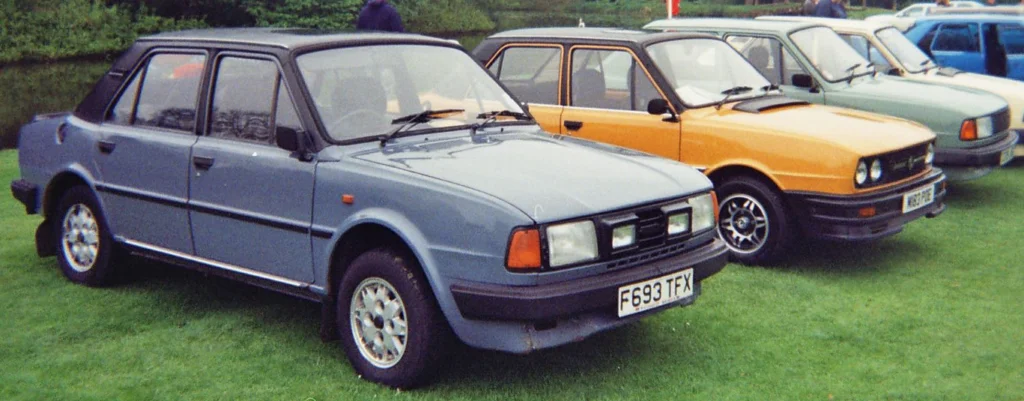
In the 1980s, understanding basic car mechanics wasn’t just practical—it was essential social currency. Knowing how to check your oil, change a tire, or jump-start a battery separated the adults from the kids in a very real way. These skills were typically passed down from parents or older siblings, creating important bonding moments that strengthened family relationships across generations. True to its name, How a Car Works also goes into the finer details, less about brands but more about what’s happening mechanically in these convenient contraptions to get us from one location to another.
The ability to diagnose that strange noise from under the hood or remedy a sputtering engine earned respect from peers and provided genuine self-confidence. This practical knowledge represented a tangible kind of intelligence that couldn’t be faked or purchased. In a decade that increasingly valued material success, these hands-on skills kept us grounded in something real and necessary.
4. The Freedom of the Open Road

The feeling of first driving alone—windows down, favorite song blasting, no destination in mind—remains one of the purest expressions of freedom many of us have ever known. This newfound independence represented more than physical mobility; it symbolized the beginning of making our own choices and living with their consequences. The responsibility was terrifying and exhilarating in equal measure, much like adulthood itself.
Gas was cheap enough in the 1980s that “going for a drive” was a legitimate social activity, not an economic consideration. These aimless cruises around town or down country roads created spaces for important conversations, self-reflection, and the kind of unstructured downtime that rarely exists in today’s hyperconnected world. The car became a sanctuary where friendships deepened, hearts were broken and mended, and many of us figured out who we wanted to become.
5. Gas Station Economics

Learning to budget for fuel introduced many of us to practical financial management for the first time. The ritual of pooling crumpled dollar bills and loose change with friends to buy just enough gas to keep cruising taught cooperation and resource sharing. These early lessons in collective economics prepared us for the more complex financial decisions that adulthood would bring.
Working minimum wage jobs just to keep our tanks filled created a direct connection between labor and reward that shaped our work ethic. Every hour at the mall food court or video store translated to a specific number of miles we could travel, introducing the concept of opportunity cost in a visceral way. This understanding of trade-offs—time for money, money for freedom—would inform our financial decisions for decades to come.
6. The Drive-In Experience
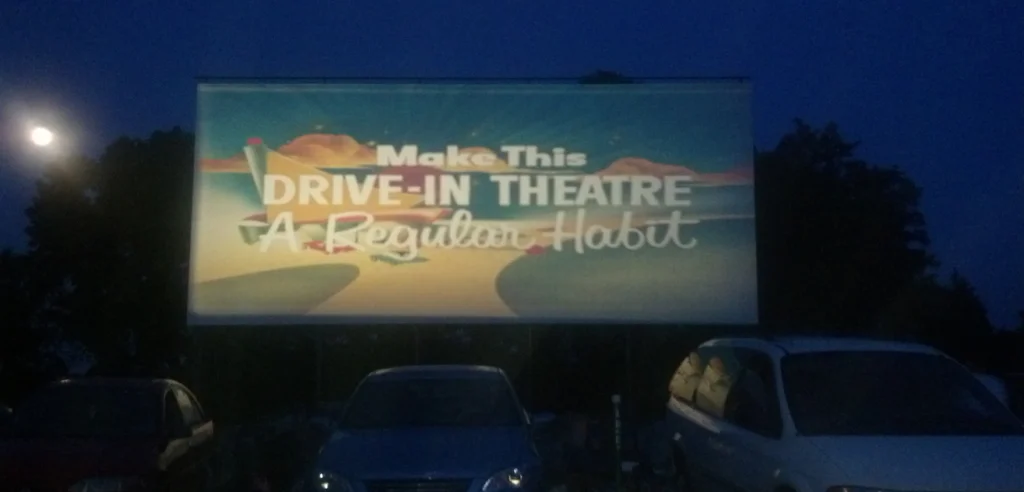
Drive-in theaters represented the perfect blend of America’s love affairs with cars and movies, creating experiences that simply can’t be replicated by today’s streaming services. Balancing tinny speakers on half-opened windows while adjusting the seat for optimal viewing required planning and patience. The communal yet private nature of drive-ins taught us to navigate the delicate balance between public and personal space.
The preparations were half the fun—smuggling in extra friends in the trunk, bringing blankets and pillows for comfort, selecting snacks that wouldn’t make a mess in your precious vehicle. These outings weren’t just about watching films; they were about creating memories with friends during a time when capturing moments on social media wasn’t even imaginable. The drive-in embodied the 1980s approach to entertainment—less polished than today’s experiences but somehow more authentically connected.
7. Driving Etiquette and Road Courtesy

The roads of the 1980s operated on an unwritten code of conduct that went beyond official traffic laws. The two-finger wave to passing drivers on country roads, flashing lights to warn of speed traps ahead, and the sacred duty to help stranded motorists all formed part of this moral code. These small gestures of solidarity created a sense of community among strangers that feels increasingly rare in today’s anonymous commuting culture.
Learning when to yield, how to merge without causing frustration, and the importance of acknowledging others’ courtesies taught lessons in reciprocity that extended far beyond driving. The understanding that roads functioned best when everyone considered others’ needs provided an early model for successful social cooperation. These lessons in consideration and community responsibility shaped our approach to citizenship in ways both large and small.
8. The Parking Ritual
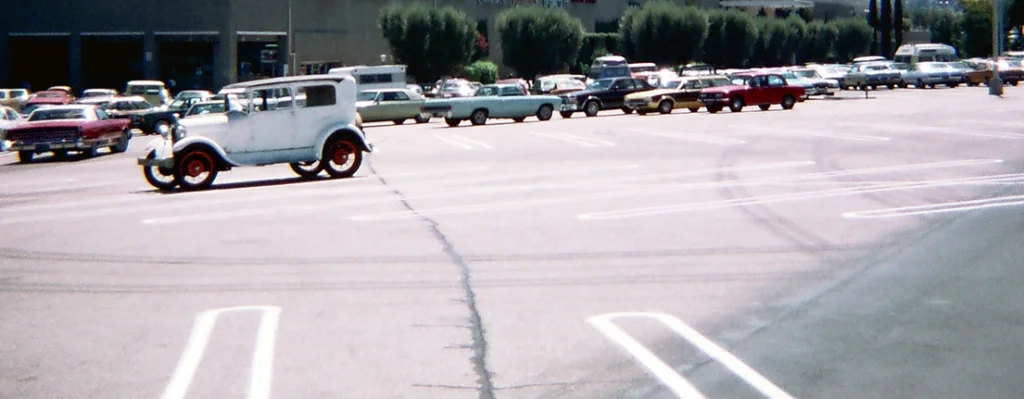
High school parking lots were high-stakes social arenas where vehicle placement could determine status and belonging. Finding “your spot” with your friend group created a sense of place and identity during years of tremendous personal change. These automotive gathering spaces facilitated connections across cliques and social boundaries that might not have happened in more structured school environments.
The after-school ritual of lingering in parking lots—discussing the day’s events, making weekend plans, or simply enjoying moments of independence—created important transition spaces between different parts of our lives. Cars became extensions of our personalities, customized with bumper stickers, fuzzy dice, or carefully selected air fresheners that communicated our tastes and affiliations. These personalized spaces offered some of our first opportunities for self-expression and identity formation.
9. The Car Date Experience
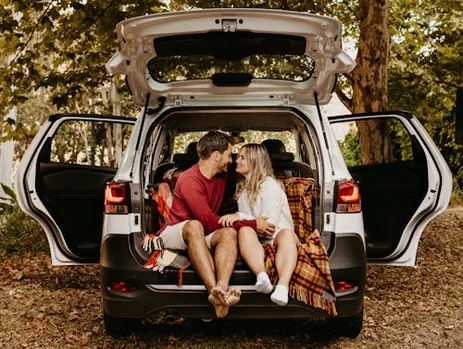
Few social rituals were as simultaneously exciting and anxiety-producing as the car date in the 1980s. Picking someone up required advance planning—getting directions to their house, meeting parents at the door, and navigating the delicate timing of arrivals and departures. These formalities created clear structures for romantic encounters that today’s casual “hangouts” often lack.
Drive-thru restaurants, lookout points, and even just cruising main street provided affordable date options that focused on conversation rather than consumption. The contained space of a vehicle created natural intimacy that encouraged meaningful dialogue and connection. Learning to be present with another person without the distraction of screens or constant entertainment options developed interpersonal skills that would serve us well in all our future relationships.
10. The Station Wagon Family Road Trip
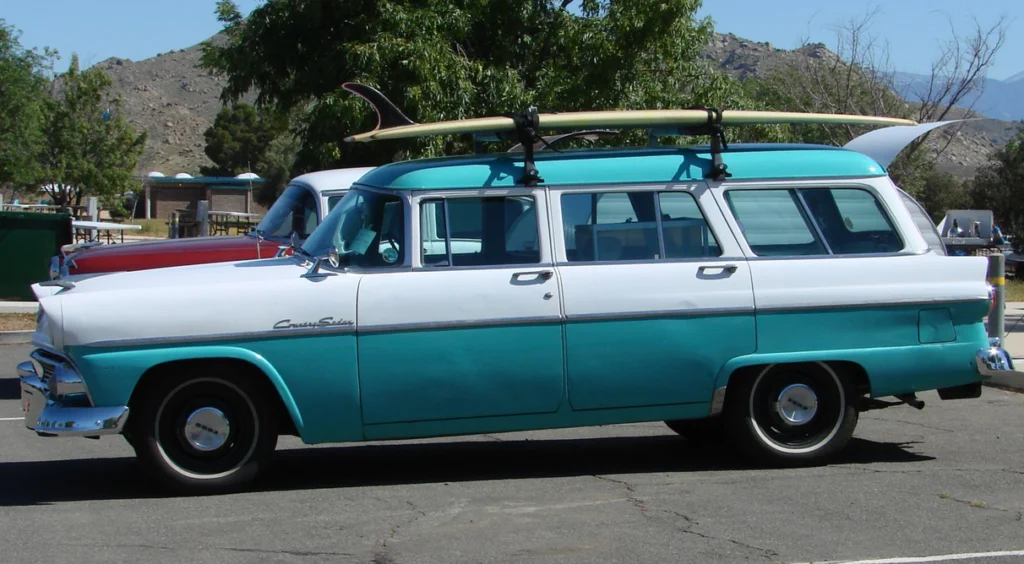
Nothing tested family bonds like being packed into a wood-paneled station wagon for hours on end with no individual entertainment systems. These shared journeys—whether to national parks, relatives’ homes, or tourist attractions—forced cooperation, compromise, and creativity to pass the time. Games like license plate bingo and twenty questions developed our problem-solving abilities and patience in ways that individual tablets never could.
The lack of constant connection to the outside world meant truly experiencing destinations together, creating shared memories rather than individual documentation. Rest stops and roadside attractions became anticipated landmarks, breaking up the journey with simple pleasures like stretching legs or trying local specialties. These family road trips, despite their inevitable moments of frustration, taught resilience and the importance of finding joy in the journey rather than rushing to the destination.
11. The Pay Phone Emergency Strategy
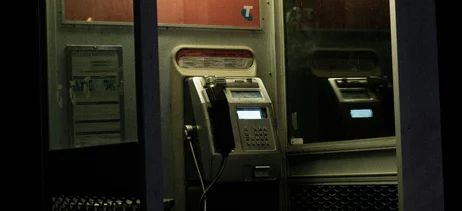
Before cell phones, teenage drivers developed elaborate contingency plans centered around the humble pay phone. We all carried quarters taped to our driver’s licenses and memorized the locations of reliable phone booths throughout town for those inevitable moments when plans changed or trouble struck. This preparation taught us foresight and the importance of thinking through potential problems before they occurred.
The limitation of pay phones forced clear communication during brief, often expensive calls home. We learned to convey essential information efficiently, without the luxury of endless texts or location sharing apps to clarify details later. These constraints inadvertently prepared us for professional environments where concise communication would later be valued and rewarded.
12. The Art of the Mixed Tape
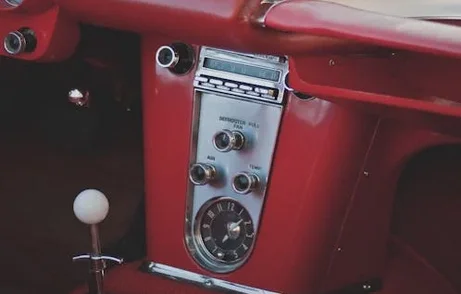
Nothing defined the 1980s driving experience quite like creating the perfect mixed tape for your car’s cassette player. Hours spent hovering over the radio with a blank tape ready, finger poised over the record button, waiting for Casey Kasem to play your jam. The dedication required to craft these mobile soundtracks taught us patience and the value of delayed gratification in an era before instant downloads and streaming services.
The carefully curated selection of songs—from power ballads to new wave hits—became the soundtrack to our most formative moments behind the wheel. Each tape represented not just our musical tastes but our emotional landscapes, capturing exactly who we were at that specific moment in time. These analog playlists were more than entertainment; they were tangible artifacts of our evolving identities, loving crafted with the kind of attention to detail that today’s playlists rarely receive.
The lessons we learned behind the wheel in the 1980s weren’t just about operating a vehicle—they were about navigating life with confidence, consideration, and creativity. As today’s teens learn to drive with backup cameras and navigation systems, they’re gaining efficiency but perhaps missing out on the character-building challenges that shaped us. The skills we developed—from reading maps to troubleshooting mechanical problems to simply being present with our passengers—continue to serve us well in a world that moves ever faster but not necessarily with greater purpose. Perhaps that’s why we look back on those early driving days not just with nostalgia, but with genuine gratitude for the people they helped us become.


